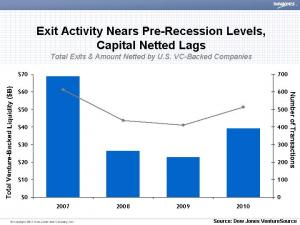As a successful entrepreneur, Craig Rowland knew how to take measured risks.
He does the same now when investing his portfolio. In his recent book The Permanent Portfolio: Harry Browne’s Long-Term Investment Strategy, Rowland describes Harry Browne’s famous Permanent Portfolio strategy and why it’s so effective at helping him succeed in the market.
Please join us for an interesting discussion about managing money, taking risks, and Harry Browne’s famous easy-to-implement no-brainer investment strategy.
Listen to the FULL episode
About Craig Rowland
 Craig Rowland is a software entrepreneur with multiple successful start-ups who sold his previous company to Cisco Systems, Inc. His company produced a real-time network attack response and analysis system. He has also worked for the Chief of Naval Operations – U.S. Pentagon, with a start-up founded by members of the Air Force Information Warfare Squadron (also acquired by Cisco).
Craig Rowland is a software entrepreneur with multiple successful start-ups who sold his previous company to Cisco Systems, Inc. His company produced a real-time network attack response and analysis system. He has also worked for the Chief of Naval Operations – U.S. Pentagon, with a start-up founded by members of the Air Force Information Warfare Squadron (also acquired by Cisco).















